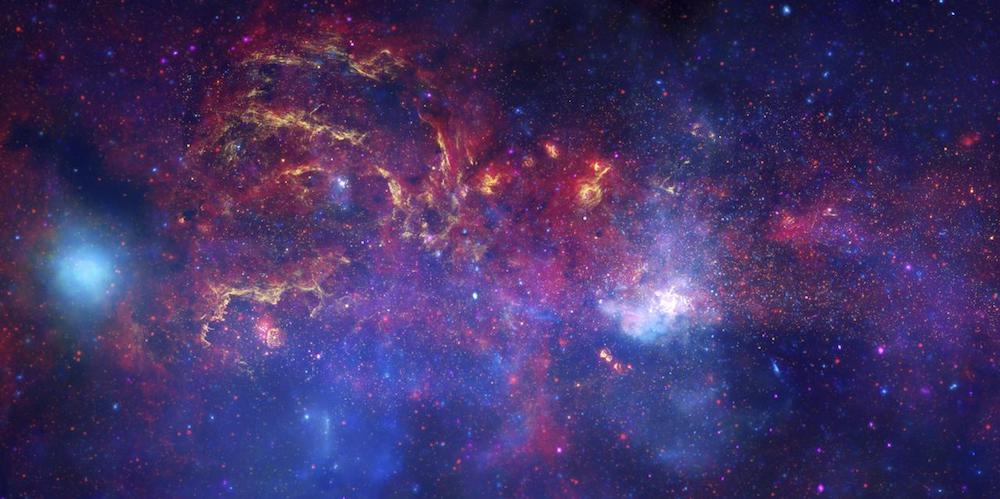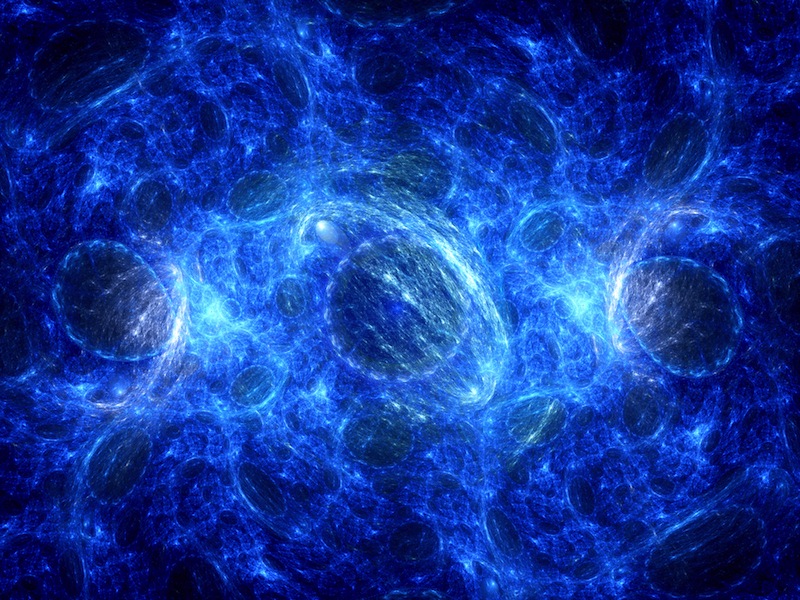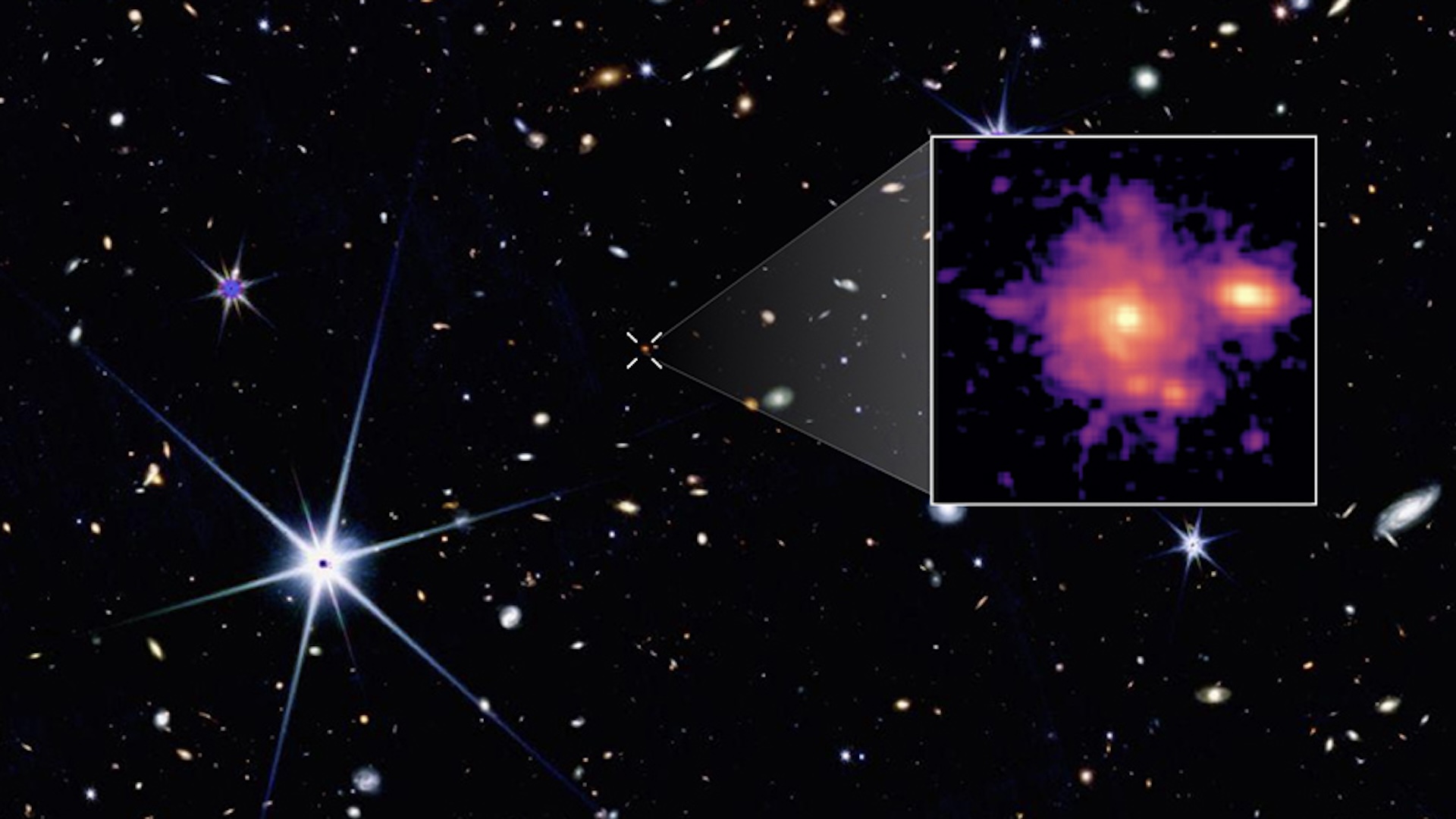
Mara Johnson-Groh
Mara Johnson-Groh is a contributing writer for Live Science. She writes about everything under the sun, and even things beyond it, for a variety of publications including Discover, Science News, Scientific American, Eos and more, and is also a science writer for NASA. Mara has a bachelor's degree in physics and Scandinavian studies from Gustavus Adolphus College in Minnesota and a master's degree in astronomy from the University of Victoria in Canada.
Latest articles by Mara Johnson-Groh

If There Were a Time Warp, How Would Physicists Find It?
By Mara Johnson-Groh published
It may sound like the stuff of science fiction, but scientists have already detected a time warp.
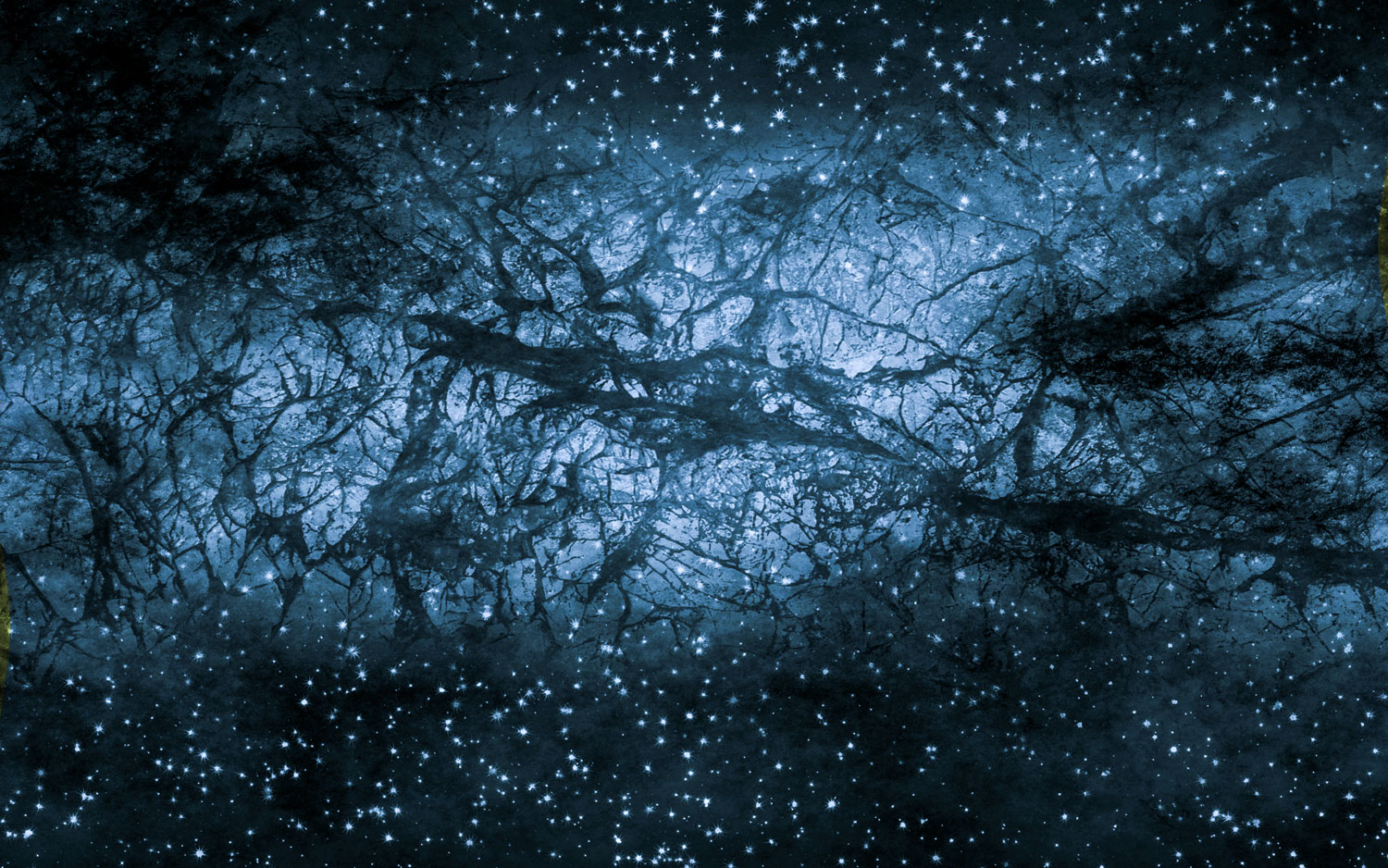
Is Dark Matter Fuzzy?
By Mara Johnson-Groh published
These particles would be much tinier than electrons.
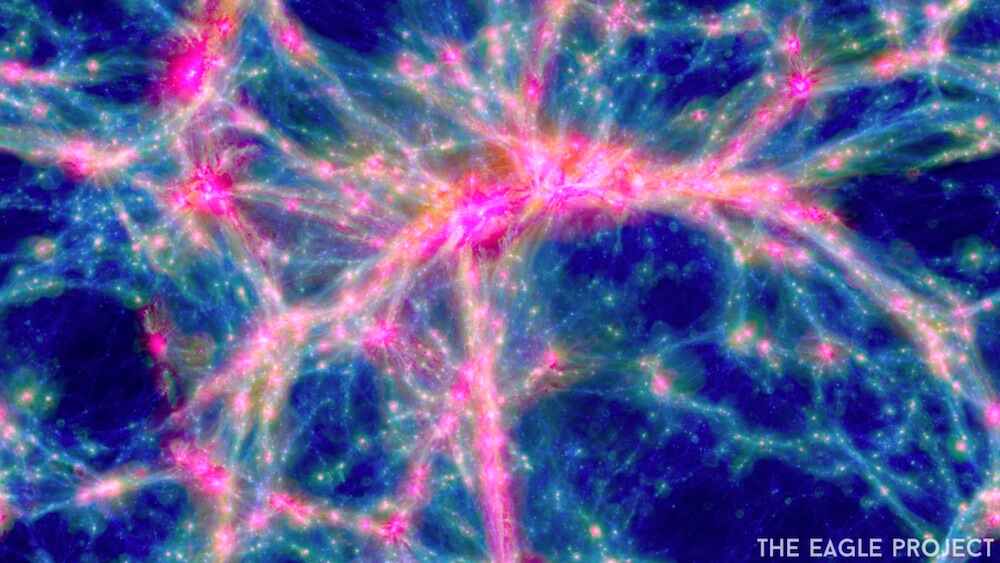
Neutrinos Entangled in the Cosmic Web May Change the Structure of the Universe
By Mara Johnson-Groh published
The neutrinos enmeshed in the vast cosmic web could provide a glimpse of the earliest observable moment after the Big Bang.
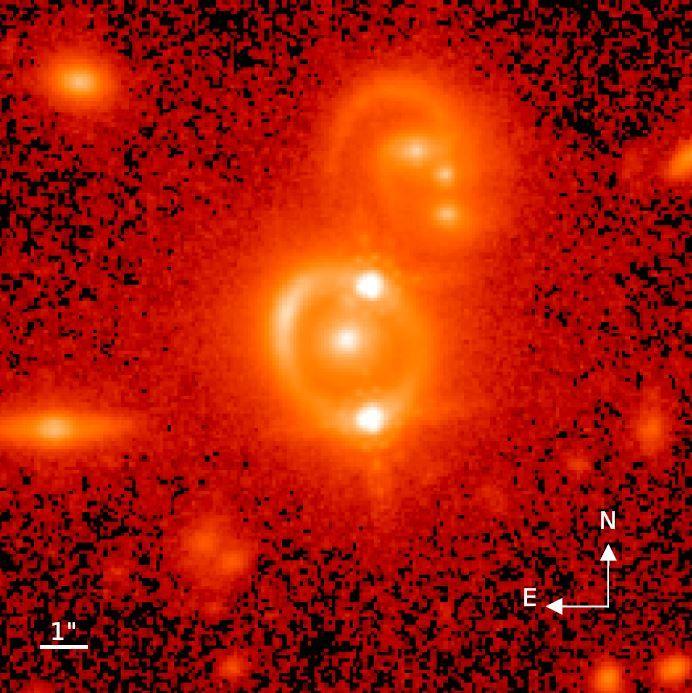
Something Is Not Quite Right In the Universe, Ultraprecise New Measurement Reveals
By Mara Johnson-Groh published
A super-precise measurement of one of the fundamental constants of the universe suggests it's expanding faster now than it was in its early years.
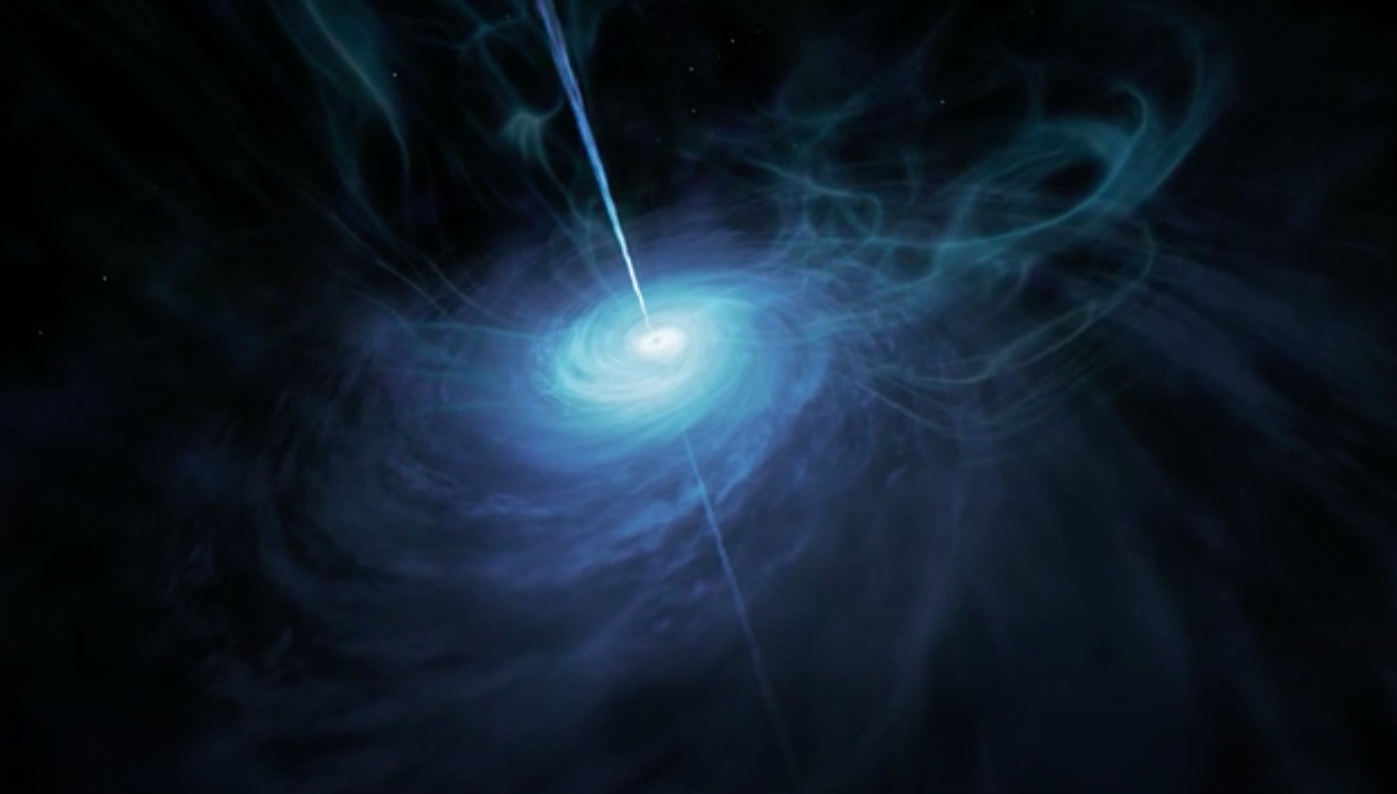
Ultrabright Quasar Lit Up the Early Universe
By Mara Johnson-Groh published
Astronomers just found a galaxy with a glowing heart that is almost as old as the universe itself.
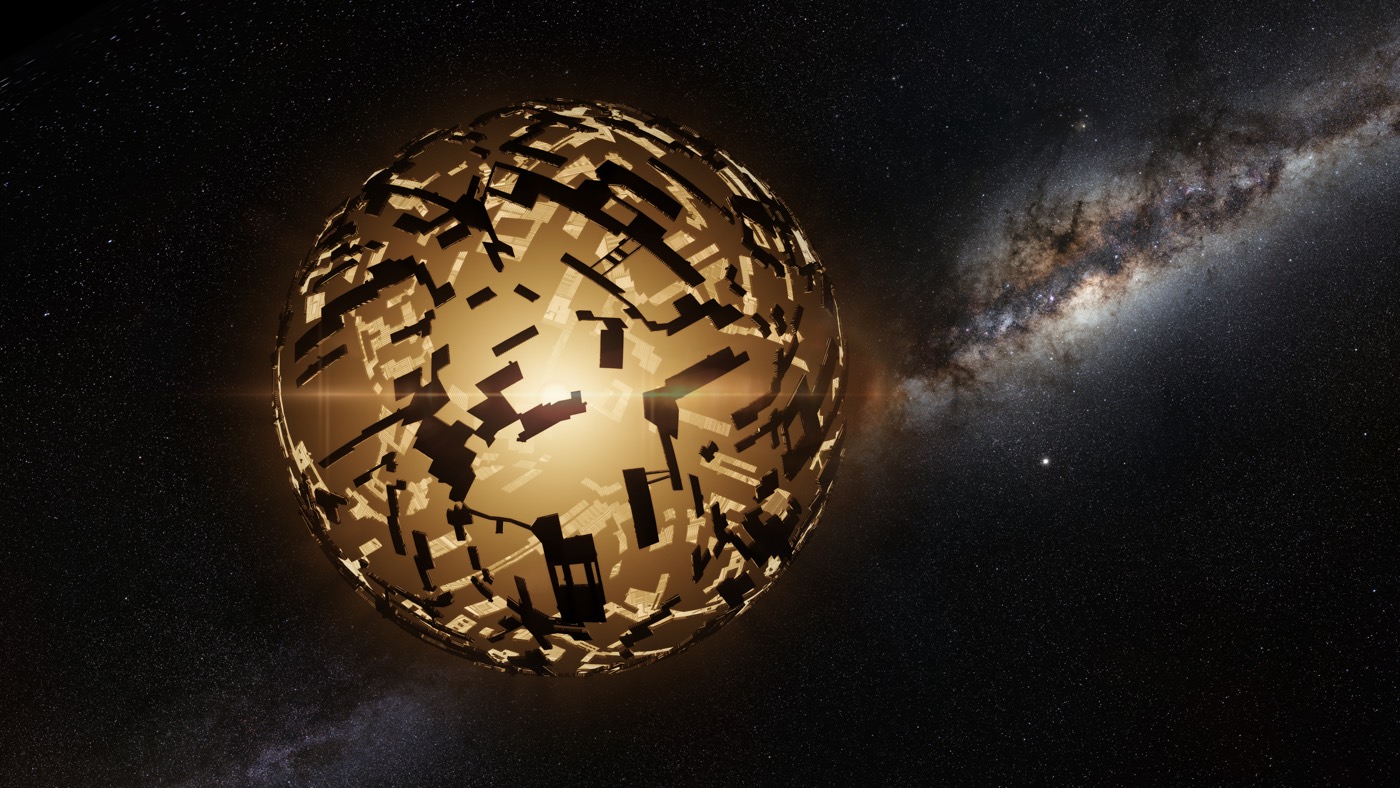
If Aliens Are Causing Weird Dimming of 'Tabby' Star,' They Aren't Using Lasers to Do It
By Mara Johnson-Groh published
The evidence for aliens around one of the weirdest stars in our galaxy — Boyajian's star — is not looking promising.

Scientists Find the 'Missing' Dark Matter from the Early Universe
By Mara Johnson-Groh published
Past studies suggested there was less dark matter earlier on in the universe’s history.
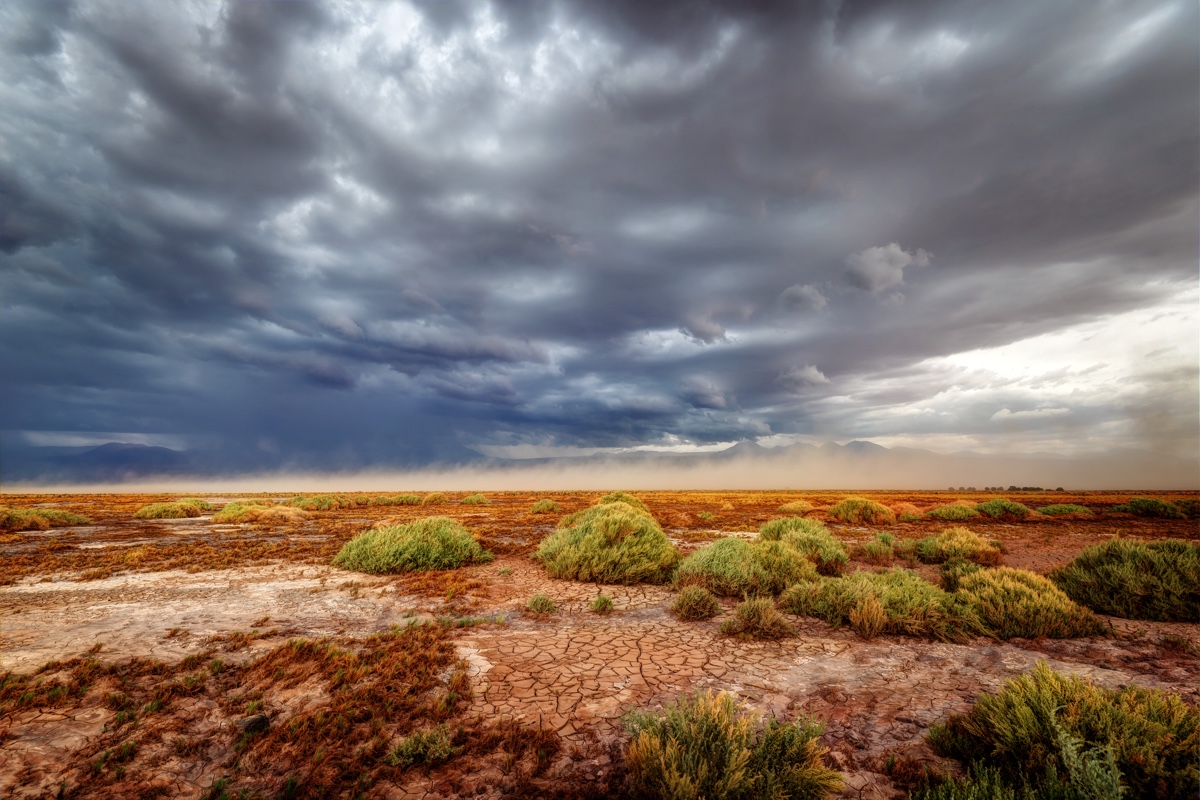
Rare Rainfall in the Atacama Is Deadly for Its Tiniest Inhabitants
By Mara Johnson-Groh published
What is supposed to be a boon to life caused bacteria to burst like balloons.
Sign up for the Live Science daily newsletter now
Get the world’s most fascinating discoveries delivered straight to your inbox.
